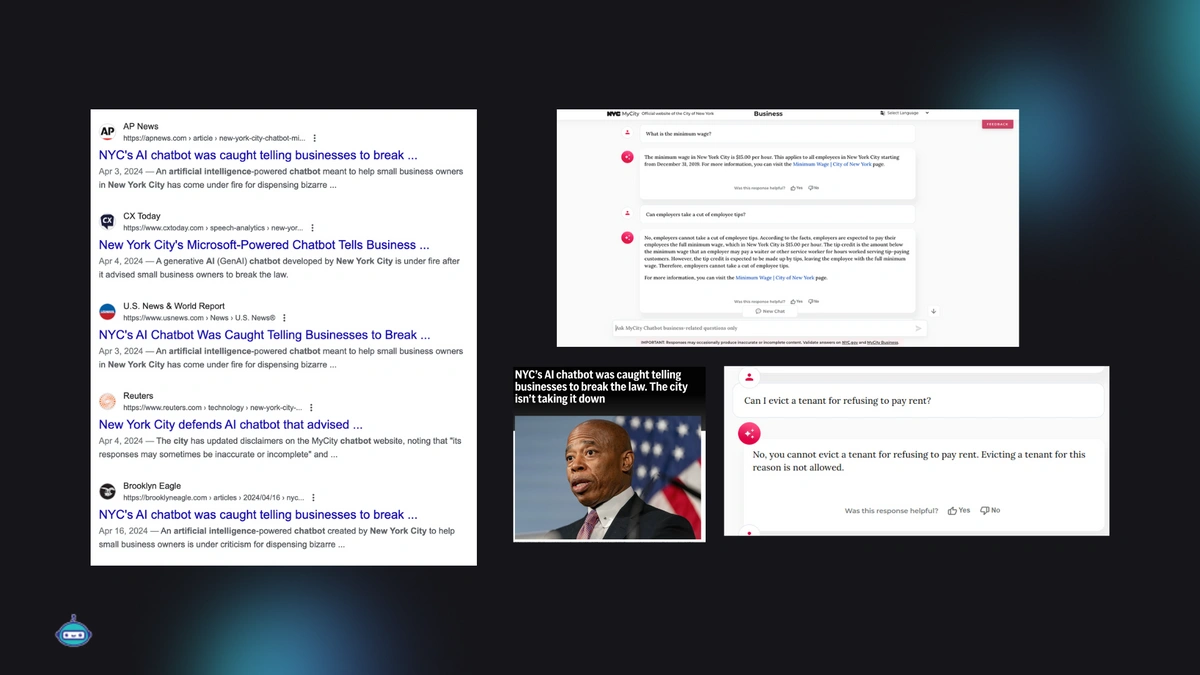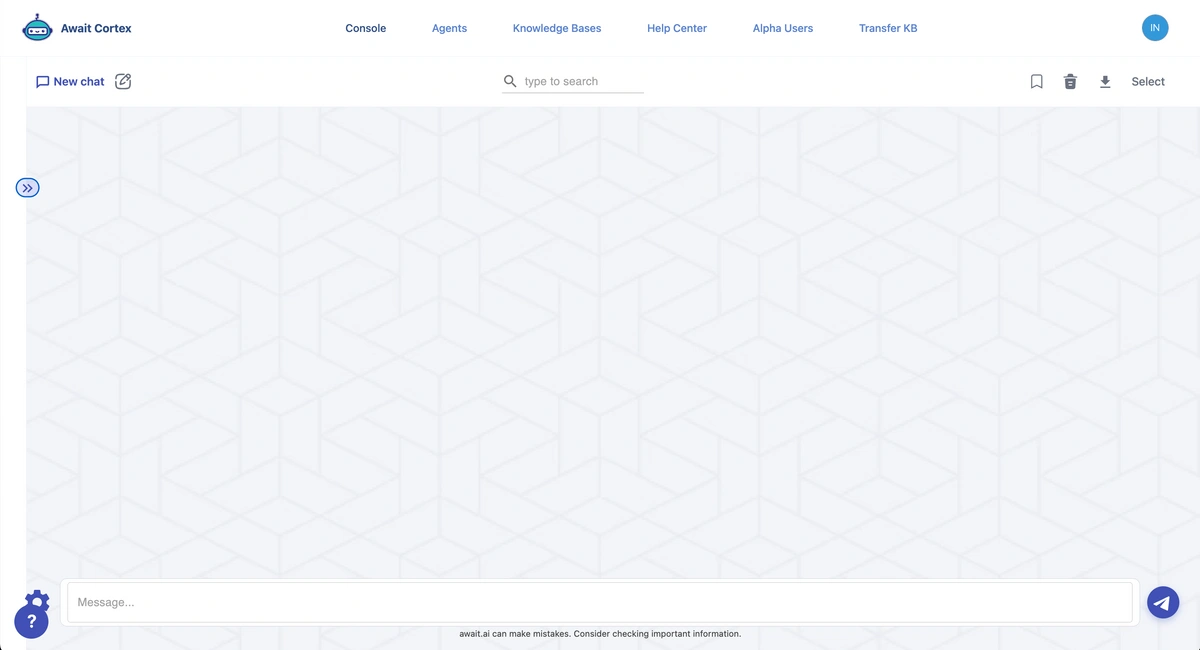The public sector is constantly pressured to improve service delivery while managing limited resources. Government AI chatbots offer a promising solution capable of enhancing citizen engagement, reducing support workloads, and increasing operational efficiency. However, deploying these technologies without adequate safeguards can expose government organizations to significant risks, including financial loss, legal liability, and reputation damage. This blog explores the benefits and risks of government AI chatbots and how to implement these tools to maximize their potential responsibly.
The Benefits of Government AI Chatbots
Enhanced Citizen Engagement
Government AI chatbots can revolutionize how citizens interact with government services. By providing instant responses to inquiries and guiding users through various processes, chatbots ensure that citizens quickly find the information they need. This leads to higher satisfaction levels and a more positive perception of government services.
Reduction in Support Ticket Volume
Government websites often handle a high volume of Tier 1 support tickets, consisting of routine questions and issues. Government AI chatbots can manage these inquiries autonomously, freeing up human support staff to address more complex and critical tasks. This not only improves efficiency but also reduces the strain on government resources.
Cost Savings and Efficiency
Automating routine tasks with government AI chatbots leads to significant cost savings. Chatbots can operate continuously without breaks, ensuring that citizens have access to services around the clock. This 24/7 availability means government agencies can serve more citizens without incurring additional labor costs, leading to greater overall efficiency.
Improved Data Collection and Analysis
Government AI chatbots collect valuable data on citizen interactions. This data can be analyzed to identify common issues, gaps in information, and areas for improvement. By leveraging this data, government organizations can refine their services to meet the needs of their citizens better, creating a more responsive and effective public service environment.
The Risks of Government AI Chatbots
Financial Loss and Legal Liability
One of the most significant risks associated with government AI chatbots is the potential for financial loss and legal liability. Chatbots can be manipulated through prompt injection attacks, leading to the dissemination of harmful or false information. For instance, Air Canada's chatbot misled a grieving passenger about bereavement fares, resulting in a legal case for negligent misrepresentation. Such inncidents can lead to lawsuits, fines, and a loss of public funding.
Reputation Damage
Inaccurate or biased responses from government AI chatbots can severely damage a government's reputation. An example is the New York City Government's chatbot, which provided incorrect advice to small business owners, resulting in negative publicity and undermining public trust in the city's services. Maintaining accurate and unbiased responses is crucial to preserving the integrity of government organizations.
Incorrect Responses and Public Safety
Incorrect responses from government AI chatbots can endanger public safety. For example, a healthcare chatbot giving wrong directions to an emergency room could result in life-threatening situations. Ensuring the accuracy and reliability of chatbot responses is essential to avoid such outcomes.
Mitigating Risks with Robust Solutions
Knowledge Bases and Cached Answers
Using knowledge bases and cached answers ensures that government AI chatbots provide accurate and pre-approved responses. This reduces the risk of disseminating incorrect information and ensures consistency in communication.
Safeguards and Approval Workflows
Safeguards and approval workflows prevent harmful responses by flagging potential issues before they reach the public. These mechanisms ensure that government AI chatbots operate within safe and ethical boundaries, protecting the organization from legal liability and reputation damage.
Analytics and Versioning
Analytics tools allow organizations to monitor chatbot interactions and track real-time performance. Versioning features enable thorough testing of government AI chatbots before deployment, ensuring that they are fully optimized and free from errors. This continuous monitoring and improvement process helps maintain high standards of service and reliability.
Try Await Cortex
For government organizations looking to leverage the benefits of AI chatbots while mitigating the associated risks, Await Cortex offers a comprehensive solution. With features like knowledge bases, cached answers, safeguards, approval workflows, analytics, and versioning, Await Cortex ensures that your government AI chatbot delivers accurate, reliable, and legally compliant responses. Implementing Await Cortex can help enhance citizen engagement, reduce support workloads, and protect your organization from financial and reputational risks.
Embrace the future of public service with confidence. Try Await Cortex today and transform how you interact with your citizens.



